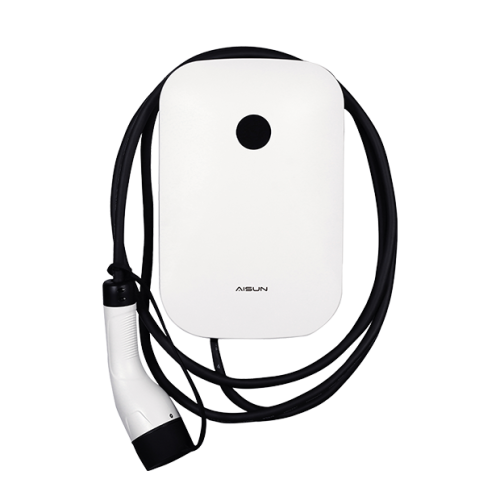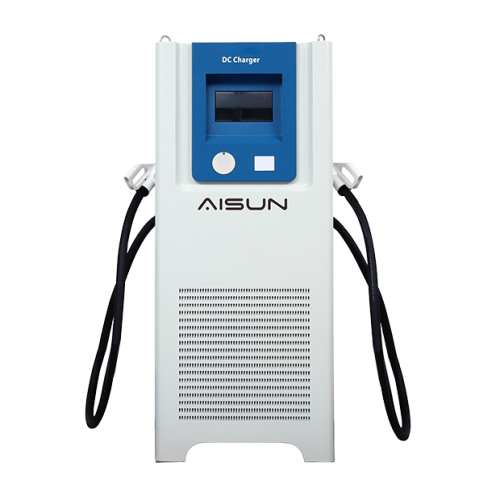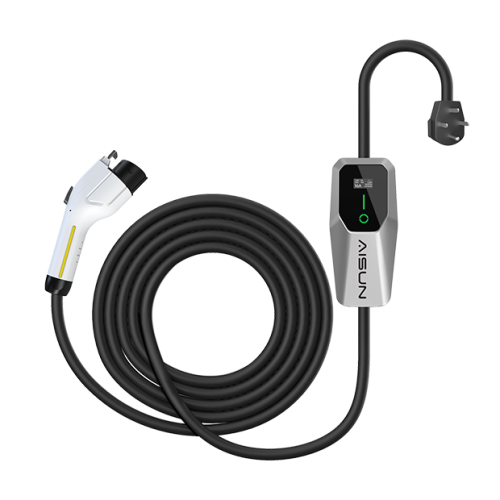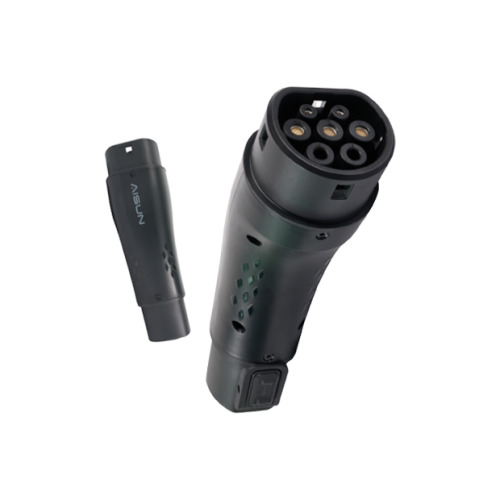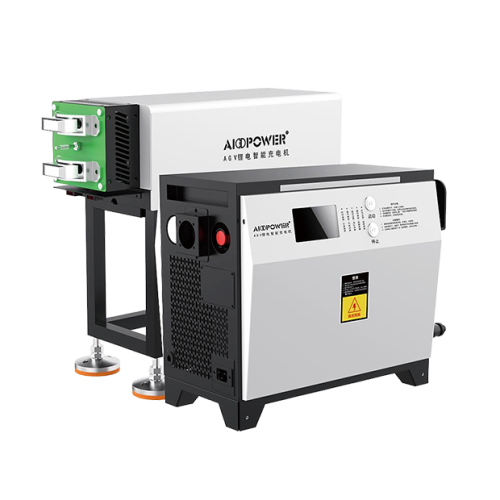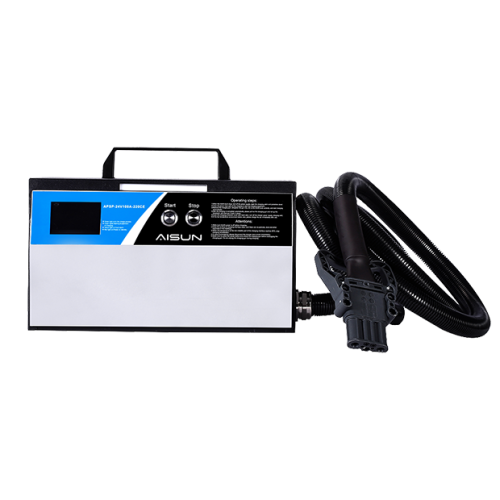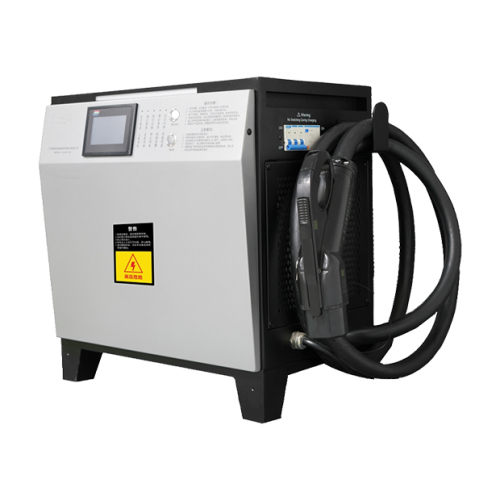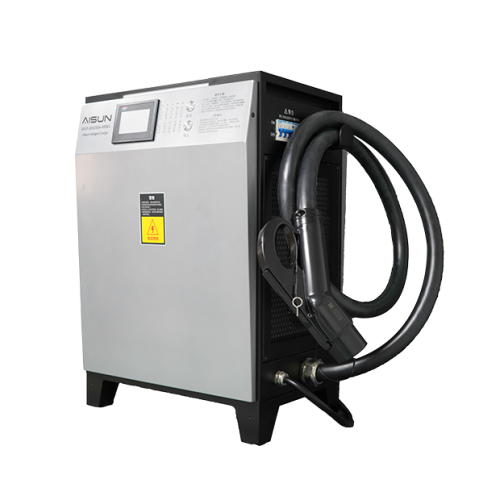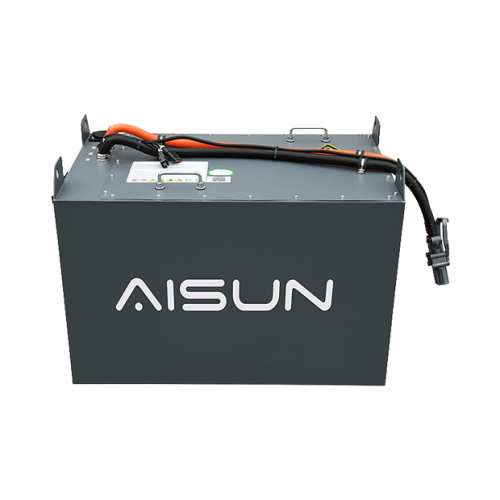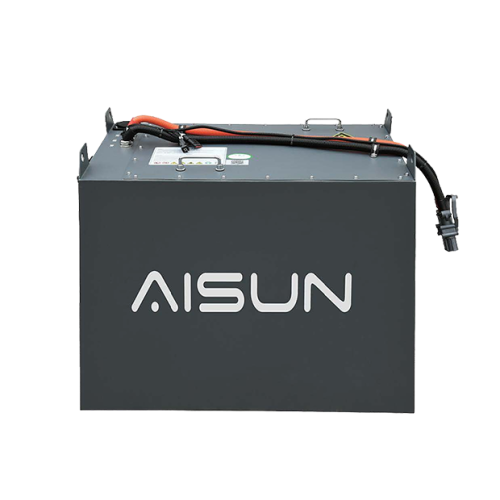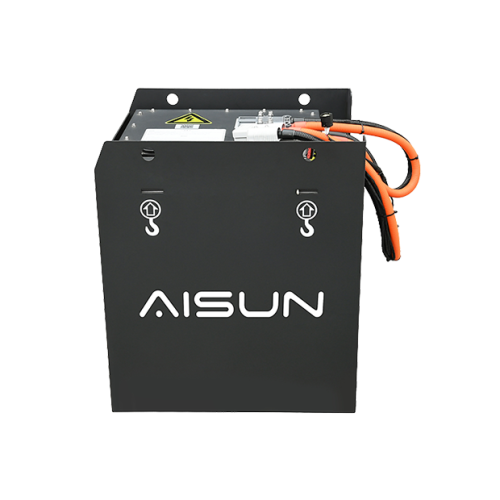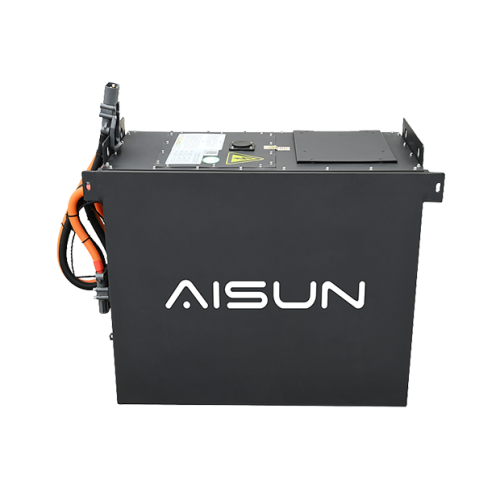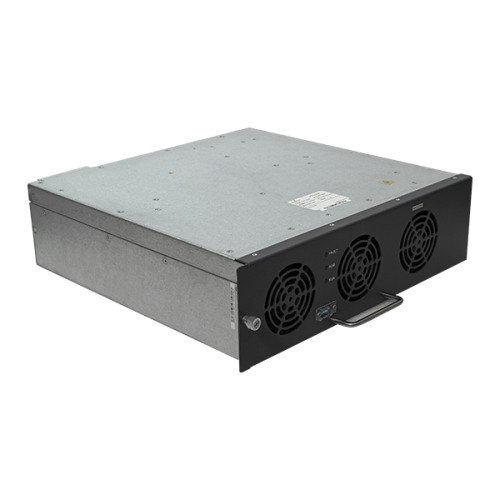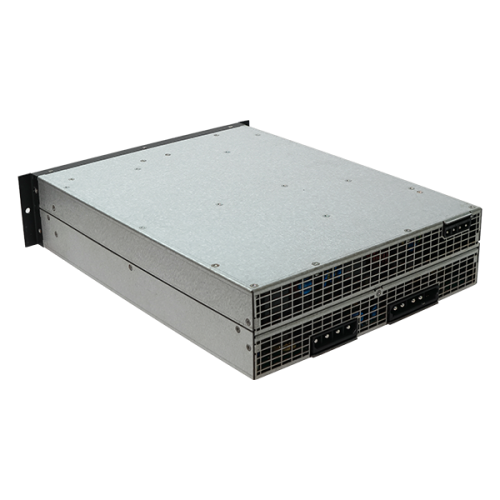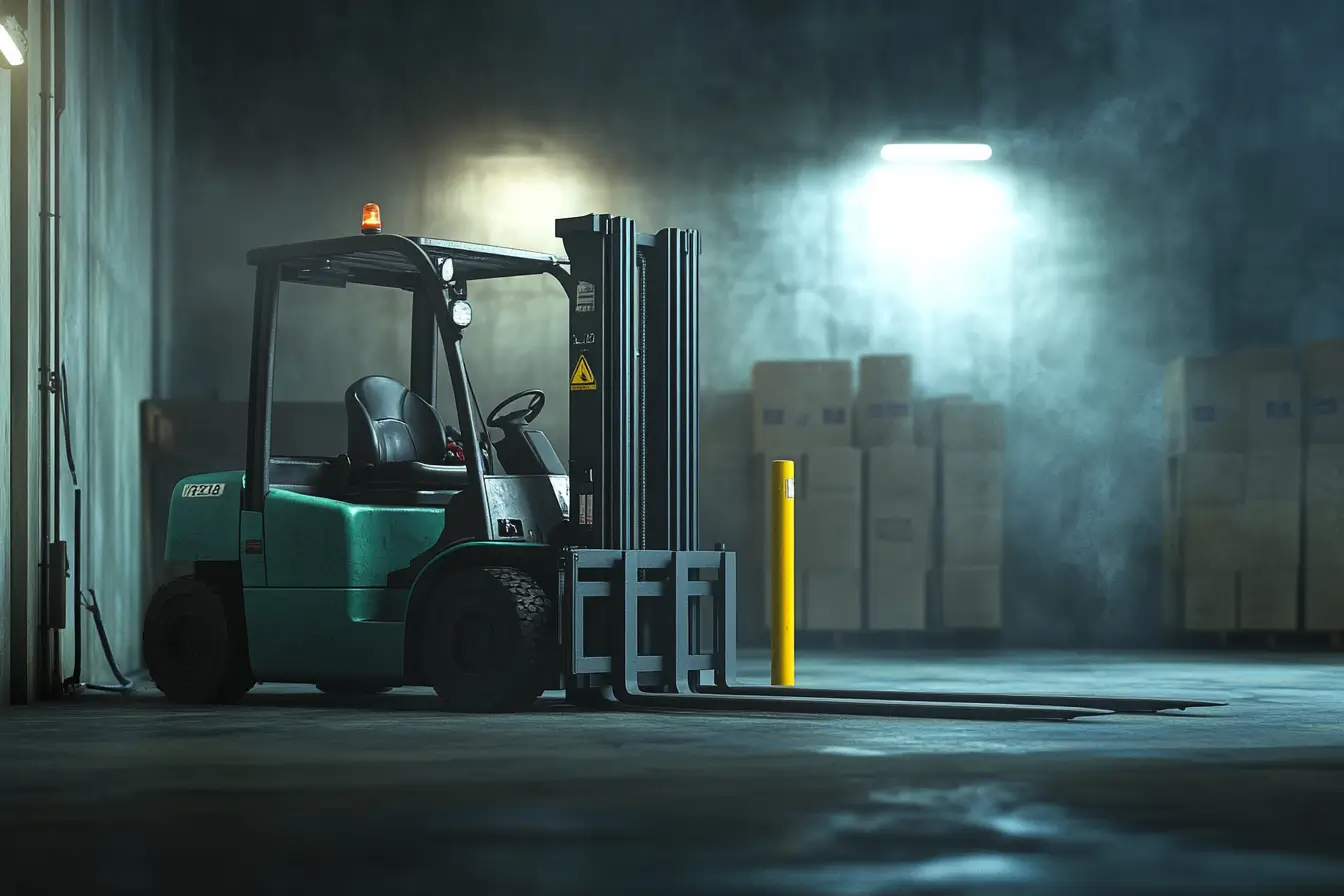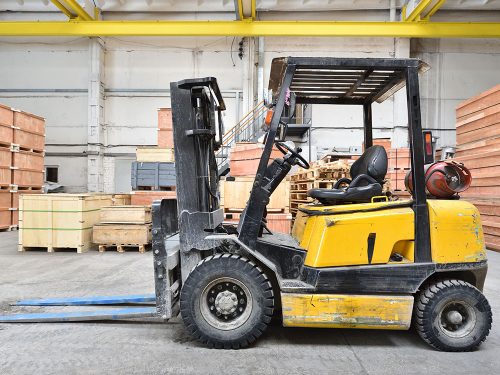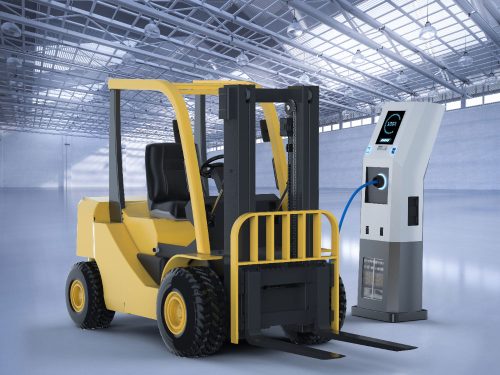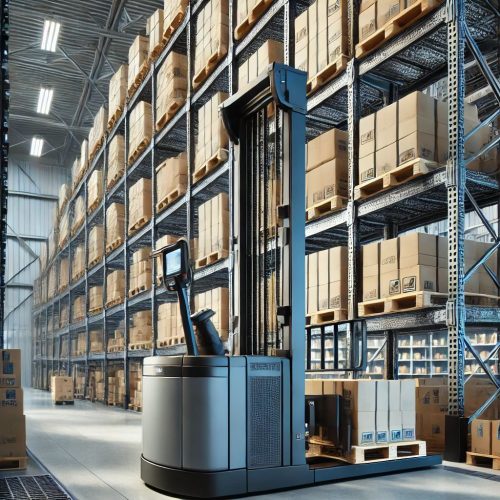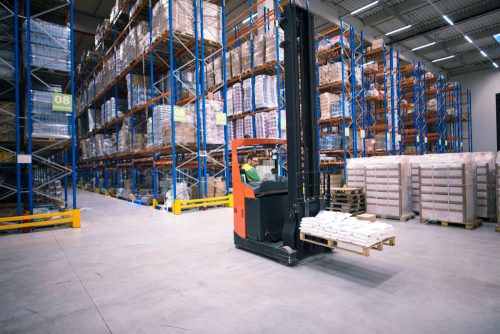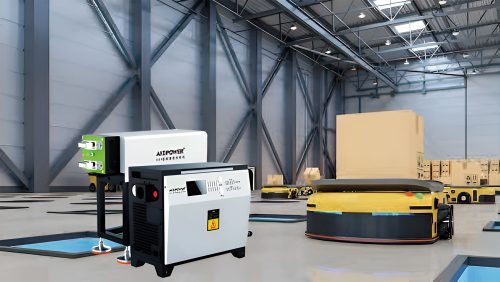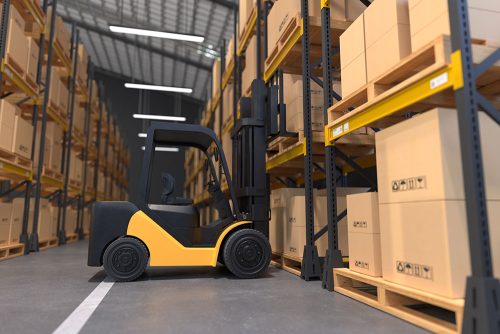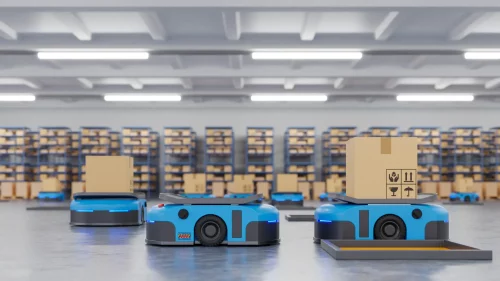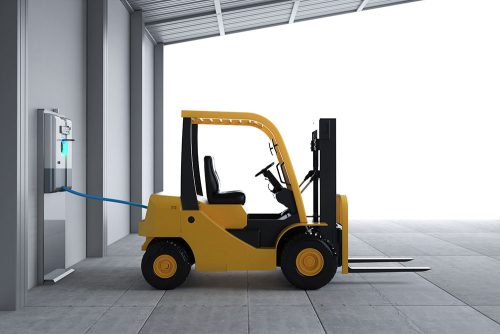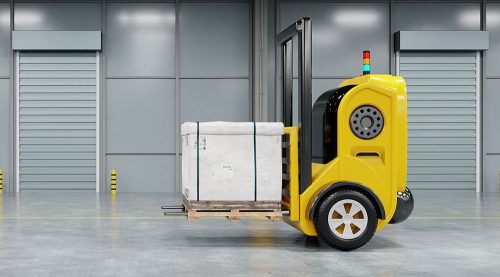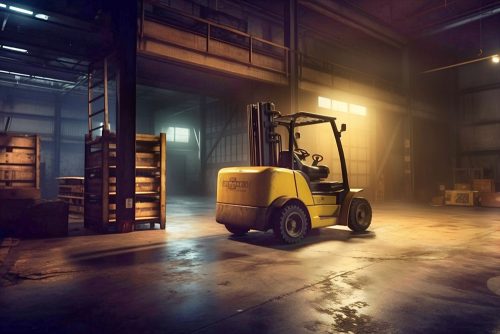Lithium-ion batteries have become the go-to power source for forklifts. They offer numerous advantages over traditional lead-acid batteries, such as faster charging, longer lifespan, and less maintenance. However, to get the most out of your lithium-ion forklift battery, it’s essential to follow a proper charging procedure.
In this guide, we’ll walk you through the correct process for charging your lithium-ion forklift batteries, ensuring optimal performance and longevity.
1. Prepare the Charging Area
Before you begin the charging process, it’s crucial to ensure the environment is safe and suitable for battery charging. Here’s how:
- Clean and Dry Area: The charging area should be dry and free of any debris or flammable materials. A clean space helps prevent any accidents or damage to the forklift’s charging system.
- Ventilation: Although lithium-ion batteries generate less heat during charging compared to lead-acid batteries, good ventilation is still recommended to maintain an optimal environment.
- No Need for Dedicated Rooms: Unlike lead-acid batteries, lithium-ion batteries don’t require a special charging room with exhaust systems. However, it’s still best to ensure that the area is free of excessive heat or humidity.
2. Turn Off the Forklift
Before plugging in the charger, always turn off the forklift. Disconnecting the battery from the system ensures the charging process is smooth and safe. This minimizes the risk of any electrical issues that could arise while the forklift is in use.
3. Connect the Charger
Now it’s time to connect your forklift’s battery to the charger. Follow these steps:
- Check Compatibility: Ensure that your charger matches the voltage and amperage requirements of your forklift’s lithium-ion battery. This is critical for efficient charging.
- Plug In the Charger: Lithium-ion forklift batteries are typically designed for easy charging. Simply plug the charger into the charging port on your forklift and ensure it’s securely connected.
- Smart Charger: Many modern lithium-ion forklifts come with “smart” charging systems. These chargers automatically adjust the power output based on the battery’s charge state and can provide updates on the battery’s status, such as current charge level, estimated time to full charge, and maintenance alerts.
4. Charging Process
The actual charging process is relatively straightforward:
- Fast Charging: Lithium-ion batteries charge much faster than their lead-acid counterparts. Typically, you’ll see a full charge within 1 to 4 hours, depending on the battery size and charger type.
- Automatic Shut-Off: One of the key benefits of lithium-ion technology is that the charger will automatically shut off once the battery is fully charged. This eliminates the risk of overcharging, which can damage the battery or reduce its lifespan.
- No Need for Topping Off: Unlike lead-acid batteries, lithium-ion batteries do not require “topping off” or maintaining a specific charge level. They can be charged at any state of charge without harm.
5. Monitor the Charging Process
While lithium-ion batteries are designed to handle charging with minimal user intervention, it’s still a good practice to monitor the process:
- Charging Indicators: Most chargers and forklifts have indicator lights or digital screens that show the charging status. Common indicators include:
- Charging: The battery is actively charging.
- Full: The battery is fully charged and the process is complete.
- Fault or Error: Alerts you to any issues with the charging process (e.g., an unbalanced charge).
- Temperature Control: Lithium-ion batteries charge most efficiently in temperatures between 32°F (0°C) and 113°F (45°C). Charging in extreme conditions can reduce performance and even shorten battery life.
6. Disconnect the Charger
Once the battery is fully charged, disconnect the charger. Follow these simple steps:
- Turn Off the Charger: Ensure the charger is turned off before disconnecting to avoid electrical surges.
- Unplug the Charger: After turning it off, carefully unplug the charger from the forklift. There’s no need to leave the charger connected once the battery is fully charged.
7. Inspect the Battery and Charger
After charging, it’s essential to inspect both the battery and the charger to ensure everything is in working order:
- Check for Damage: Inspect the battery for any signs of swelling, leakage, or other physical damage. Although rare, issues like this can occur over time and may require immediate attention.
- Charger Condition: Check the charger’s cable and connector for wear or damage. A well-maintained charger is key to extending the lifespan of your battery.
8. Storing the Battery
If the forklift won’t be used immediately after charging, you can store the battery without worrying about significant energy loss, as lithium-ion batteries have a very low self-discharge rate. Just keep the forklift in a cool, dry place.
- Optimal Storage: Store the forklift in an environment that is neither too hot nor too cold to avoid damage to the battery.
9. Occasional Maintenance
Although lithium-ion batteries require far less maintenance than lead-acid batteries, it’s still important to regularly check the following:
- Battery Health: If your forklift has a battery management system (BMS), use it to monitor the health and performance of the battery. Regular reports can help identify issues early.
- Charging Equipment: Ensure the charger and its components are in good condition to avoid any operational interruptions.
Conclusion
Charging your lithium-ion forklift battery is simple, but following the right steps ensures long-lasting performance and minimizes downtime. Lithium-ion batteries are a game-changer in warehouse operations due to their efficiency, speed, and ease of use. By maintaining a proper charging routine and regular battery checks, you can keep your forklifts running smoothly and maximize the return on your investment.

